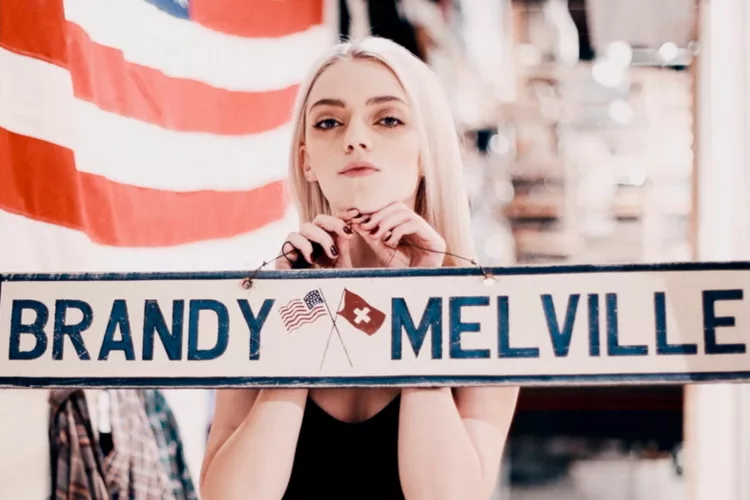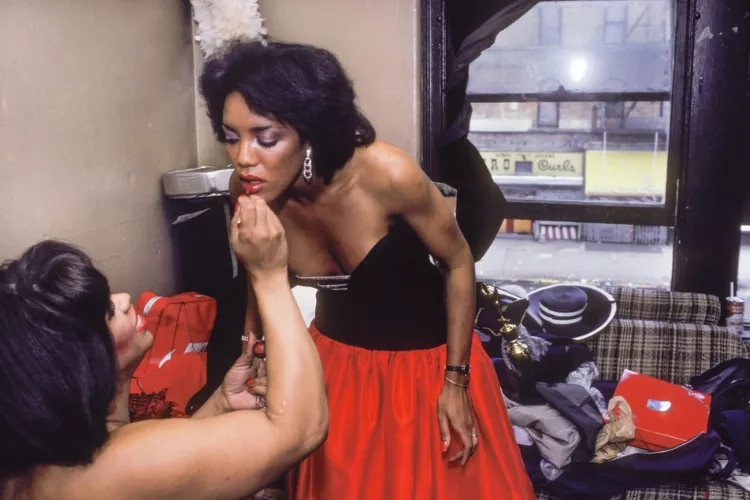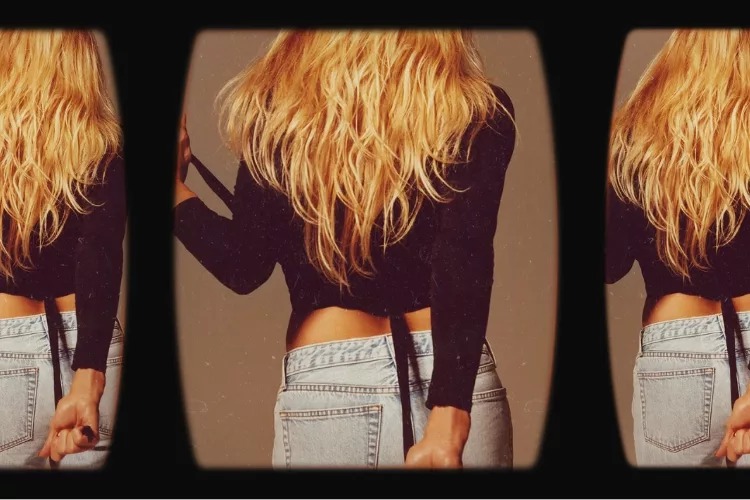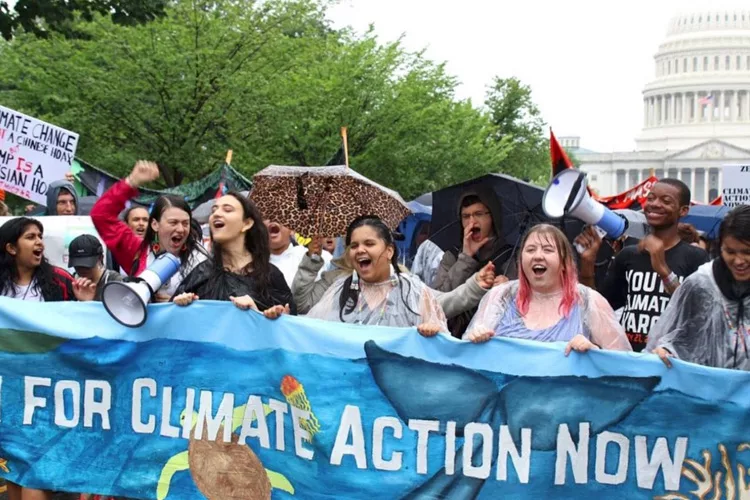When I started No Kill Magazine a few years ago, I thought I knew a lot about fashion and sustainability. And I did. But there were also new things I’ve come to realize along the way, and it’s changed how I see the fashion industry to such an extent that I no longer support it.
So I’ve decided not to buy anything new for the next two years. And after that, to buy from smaller and local brands that know their entire supply chain. Here are a few things I’ve learned that’s shaped this decision.
1. All large fashion brands are essentially ‘fast fashion’ and That’s a problem
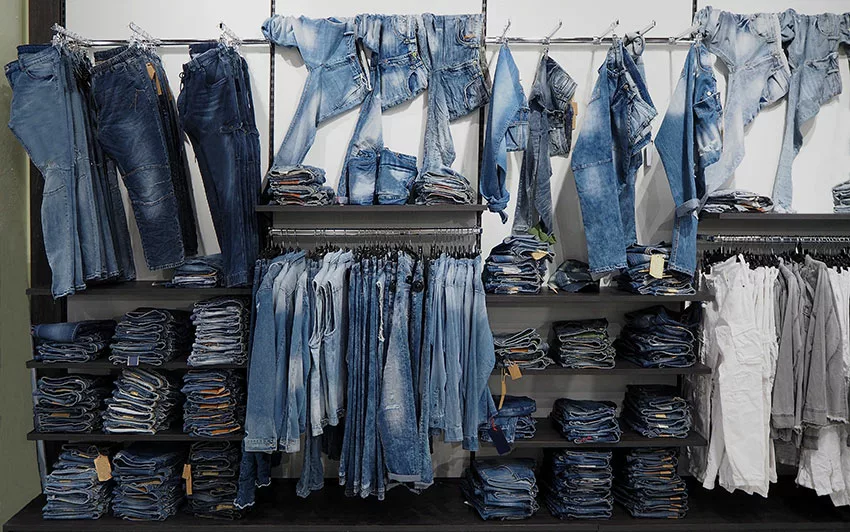
We like to highlight things like “haul” videos on TikTok and fast fashion giants like Shein as though they’re the main problem. But in truth what we consider “regular fashion” over produces just like “fast fashion”. I wrote an article previously where I showed how many men’s t-shirts were available at Nordstroms. A traditional department store not considered fast fashion. And at that time there were over 15,000.
Sit with that for a minute. Now those are just the styles. Add color and size variations. Who is sitting at the office thinking: we need to have 15,000+ variations of t-shirts available for men?
All of these shirts start from using natural resources, and many are treated with chemicals that often get mixed in with the water supply of wherever they’re produced and the vast majority of which won’t get sold at full price –if at all. This is the classic Take >> Make >>Waste production that is currently the standard of all production. Simply stated, if it’s not circular it’s damaging. And with all of our technical prowess, how does this make sense? Why not create everything on demand?
2. Corporations Can’t Be Trusted / Our health and safety are routinely sacrificed for the bottom line.
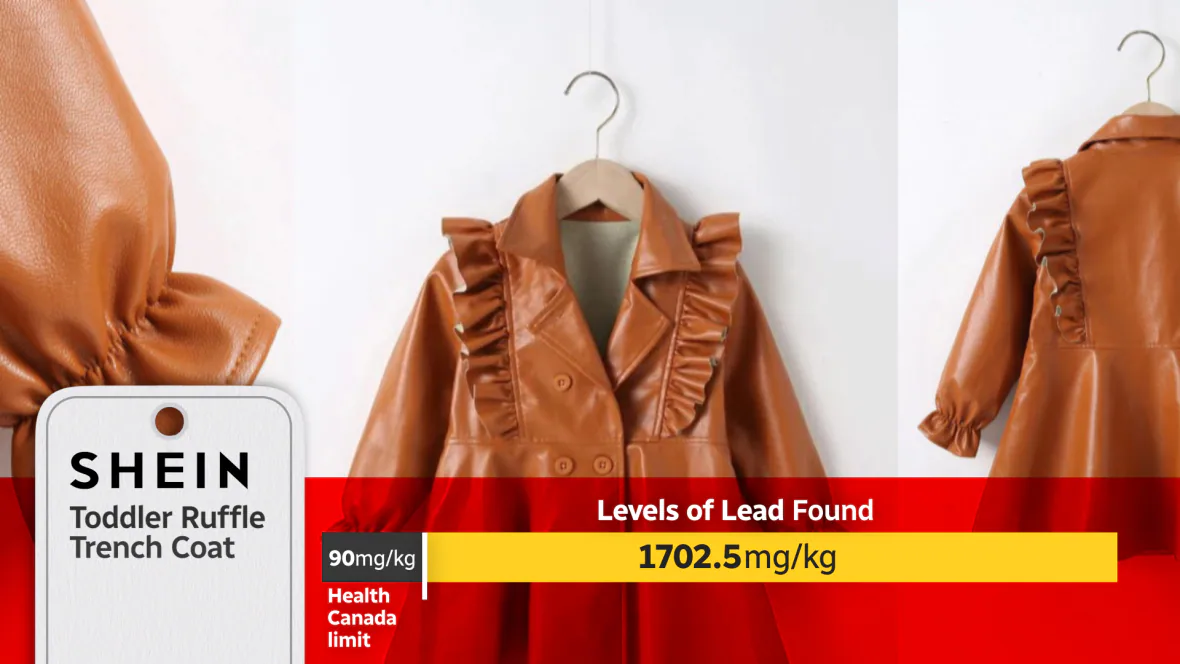
At this point, you already agree with this or think I’m a little crazy. Forgive me for saying this if it’s the latter. It’s time to pull your head out of the sand.
Major corporations do not care about our health and safety. And yes, this makes shopping harder because you have to do research. But isn’t that better than buying something that will make you sick?
Case in point: Johnson & Johnson has to pay $8.9 Billion in a lawsuit to over 70,000 people who claimed the talcum powder products caused cancer. They’ve been knowingly selling this product that contains asbestos for decades. #W.T.F. A product, by the way, that was sold in the US until 2020 and is still sold globally because…who cares about women in other countries?
Since I’m writing about fashion brands regularly, I’ve started paying attention to clothing and fashion recalls.
Here are a few examples of fashion recalls just from the past year:
Clarks Recall Women’s Shoes Cites Cancer-Causing Chemicals
The company said consumers who purchased the Brinkley and Breeze slip-on, lace-up, and mule styles should stop wearing the shoes immediately due to testing that revealed some samples contained excess levels of dye chemicals benzidine or dimethoxybenzidine.
“Azo” dyes, which are typically used to color textiles and leather goods, can have a carcinogenic effect or trigger allergic reactions and endocrine disruptions, according to the National Institutes of Health.
‘Stunningly’ High Lead Levels Found in Urban Outfitters Products
“Consumers are being needlessly exposed to toxic chemicals without their knowledge or consent,” Kaya Allan Sugerman, director of illegal toxic threats at CEH, said in a statement. “This is particularly concerning because jewelry and belts are something that many of us handle every day. Pregnant or people of childbearing age, who may purchase these items, are especially at risk because exposure to lead and cadmium can lead to problems getting pregnant, difficulties maintaining a pregnancy, and the increased likelihood of birth defects.”
Nike Named in BPA Bra Bust
The Center for Environmental Health (CEH) revealed that it has dispatched legal notices to brands such as Asics, Athleta, Brooks Running, Nike, Target’s All in Motion, The North Face, Reebok and Victoria’s Secret’s Pink after their sports bras and athletic shirts tested positive for levels of bisphenol-A up to 22 times the safe limit in California.
Better known by its acronym, BPA, the chemical is a “well-studied” hormone disruptor that mimics estrogen and can wreak havoc on the body’s normal functions, including metabolism, reproduction, and growth and development.
And if these chemicals can affect those of us who buy the products, I can’t even imagine what they’re doing to the people who make the products and the surrounding areas as chemicals often get discharged illegally onto local land or in rivers poisoning the region.
3. That t-shirt Was Made through Exploitation and The Pandemic Made Things worse.
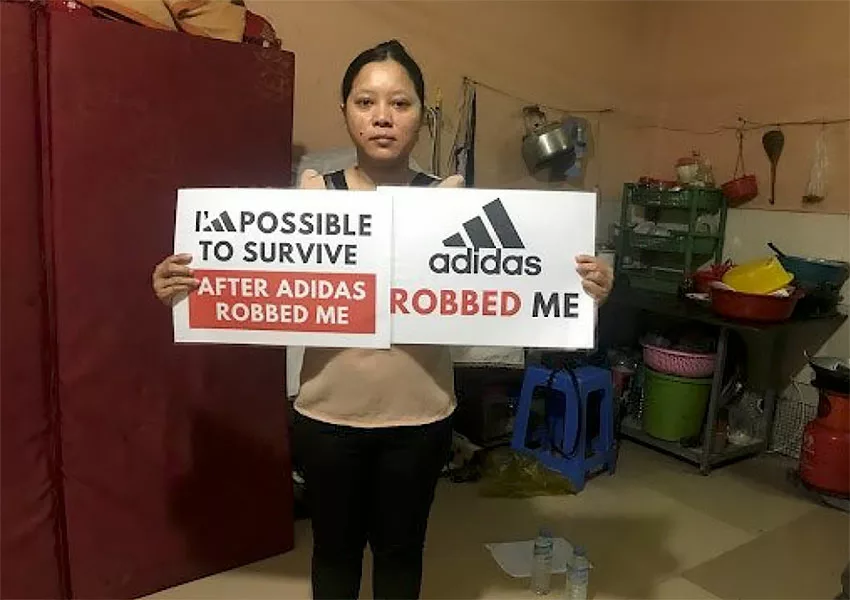
Contrary to the myth that garment workers get paid less because their cost of living is less in other countries, their pay is generally abysmal by any standards. And this includes the undocumented workers in LA sweatshops as well.
When we stopped shopping during the pandemic (at least for ‘going out’ clothes), companies cut their orders and stiffed the workers. Workers are still fighting to get money owed to them. Money that can literally make the difference between life and death for them.
And in case you think maybe the corporations were suffering, here’s a little context from an interview with a fashion activist: “One case I’ve been working on for 8 years is against Uniqlo. They owe 2000 Indonesian garment workers 5.5 million US dollars in severance pay. And that was eight years ago. So if you factored in inflation, it would be a lot more.”
To put this in context, Roger Federer, long considered a “sport’s marketers’ dream, the most gracious gentleman,” signed a 10-year $300 million deal to be a brand ambassador for Uniqlo. If they could pay Roger $300 million, certainly, they can pay 5.5 million that they already owe their workers.
Those are the reasons I’ve decided not to buy new clothes and here are a few benefits
1. No more impulse buys or online shopping

If I’m not buying new, I’m not looking for “the sale” or researching the best price. I’m not behaving like a Bowerbird, grasping for the next shiny thing. This saves both time and money.
2. Buying secondhand keeps things out of landfills longer
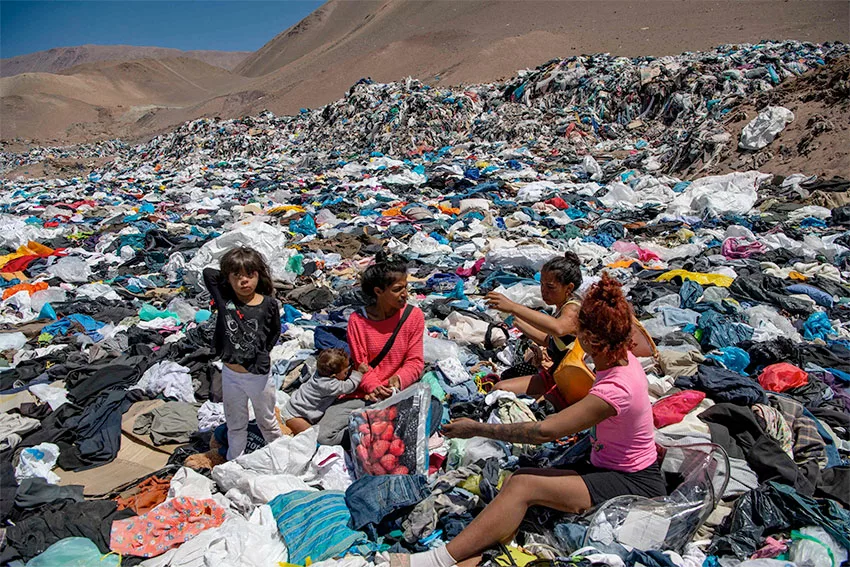
We have reached a point where there are more manufactured things on this earth than biomass. And discarded clothes can be found everywhere from the bottom of the ocean to the Atacama desert. Not so fun fact: the top clothing brands in the Atacama desert are Old Navy, Adidas, H&M, and Levis. Many were brand new with tags but discarded by the global north and shipped south.
Also, in general synthetic clothing is a massive problem because it will never disappear. It’s also petroleum-based, meaning we must extract oil to make new polyester clothes. On the other hand, natural fabrics can’t compare at this point in terms of resilience and performance qualities. In the past few years I’ve picked up Lululemon, Athleta and Adidas at consignment stores. They were all in great condition and honestly for me it’s more about keeping them out of the landfill longer than the money I saved. (though that’s good too!)
3. Finally, by not buying new I’m aligning my actions to the kind of world I want to live in. A world that values quality over quantity and prioritizes the well-being of people and the planet.
While individual choices must be matched by large scale change to make a difference, I feel better when I live my values. Knowing what I now know about the fashion INDUSTRY I simply don’t choose to support it. For me, that’s making a choice to only buy second hand or vintage clothes for a few years and then perhaps adding in smaller designers with transparent supply chains.
The current fashion industry is like a food court at a shopping mall –lots of variety and none of it particularly good for you. And just like people have become more aware of healthy alternatives with food, I believe we’re also becoming aware of healthier options for clothes. Whether that’s supporting designers who upcycle like Janelle Abbott aka JRAT or Rentrayage or shopping from brands with clear and ethical supply chains and good materials like ones we feature in our fashion picks. I’m not suggesting everyone needs to stop buying new but that as the late great Vivienne Westwood famously said,

Buy Less
Choose Well
Make it Last
Vivienne Westwood in her garden wearing her designs was always a role model for responsible fashion
–Katya Moorman
Related Articles

